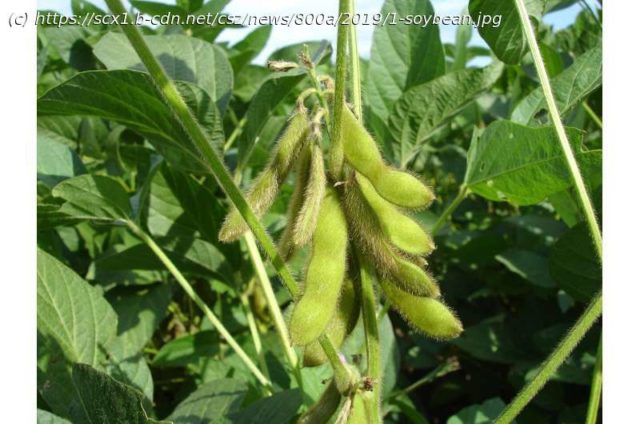Septoria brown spot may be the common cold of soybean diseases, but that doesn’t mean it’s entirely benign. The ubiquitous fungal disease can cause 10 to 27% yield loss, according to University of Illinois research. For many farmers, the obvious response is to fight back with fungicide, but a new U of I study shows Septoria can actually increase after fungicide application.
Septoria brown spot may be the common cold of soybean diseases, but that doesn’t mean it’s entirely benign. The ubiquitous fungal disease can cause 10 to 27% yield loss, according to University of Illinois research. For many farmers, the obvious response is to fight back with fungicide, but a new U of I study shows Septoria can actually increase after fungicide application.
«When we applied the fungicide, most of the fungi on plant surfaces decreased. But a few went up, Septoria among them. It was very surprising,» says Santiago Mideros, assistant professor in the Department of Crop Sciences at U of I and study co-author.
The study, led by former crop sciences doctoral student Heng-An Lin, was designed to identify and track the soybean mycobiome—the collection of fungi living on soybean plants—in real-world field conditions. The researchers hoped to learn how Septoria interacts with other plant-associated fungi and how fungicide affects them all.
Lin and Mideros inoculated half the soybean seedlings in their field trials with Septoria. Then, using genetic information and sophisticated bioinformatics analyses, they identified fungal species on leaves throughout the season, before and after applying fungicide.






